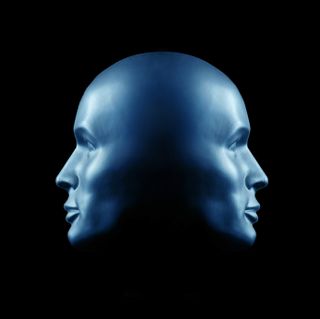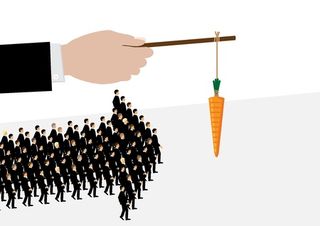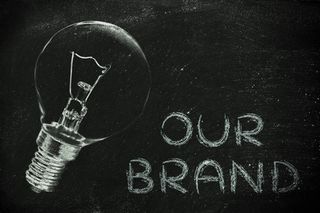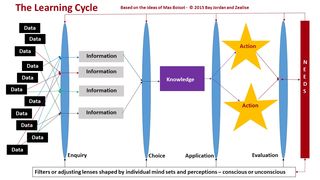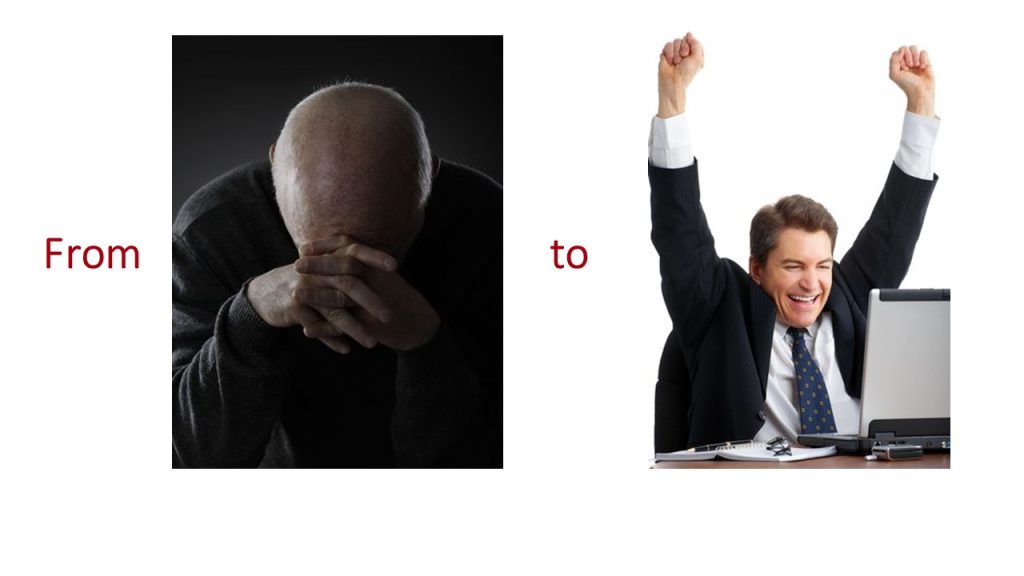The Strange Dichotomy of Organisations and How to Bridge It
Thus, although coming from three totally different perspectives, all three of these writers reinforce one another’s conclusions. This makes their findings more credible, and more significant for you as a business leader. To significantly transform performance and results you have to create an environment that makes the best of your people or – more accurately – that allows them to make the best of themselves. For this you need to consider how you are going to create a system or systems that addresses the physical and psychological needs of your people. Both collectively and individually, because every individual matters.


